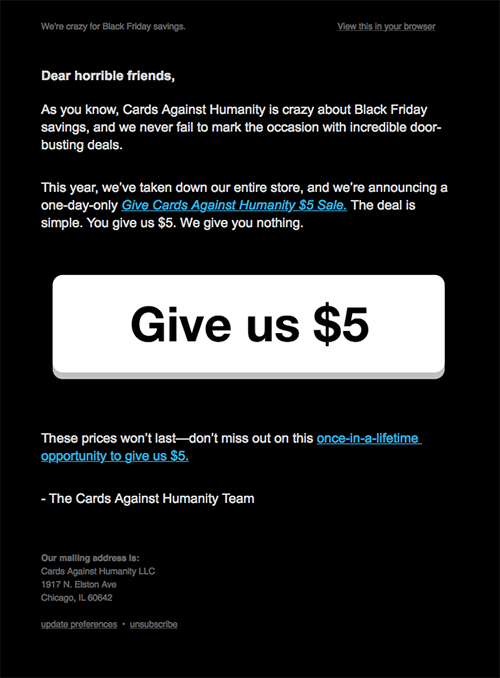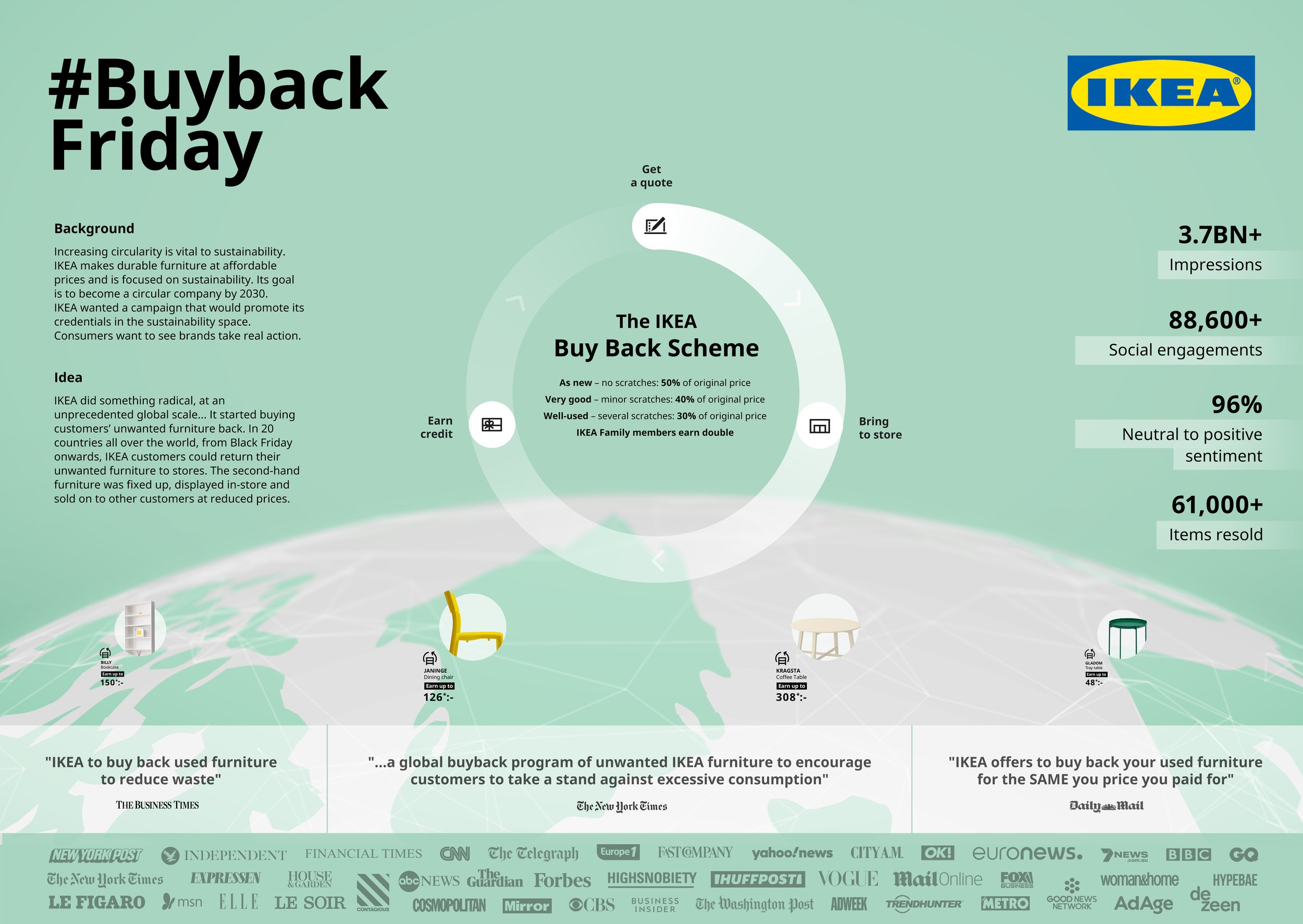Tips for Black Friday Marketing
Ways to tailor your digital marketing strategies before, during and after Black Friday for the best chance at success.
Fill up your funnel.
Start attracting new customers early. By late September, you should be focusing on attracting some fresh meat so you can skip straight to conversion strategies during the actual sales period (more on this later). This means increasing brand awareness with tactics like:
A Meta ad campaign with a traffic objective
A giveaway or competition to attract more social media followers
A new incentive to sign up to your mailing list (e.g. raise it from 10% to 15%)
Influencer marketing (for example gifting the product that will be on sale)
Run this campaign until at least the start of November, when you can then focus all your energy on retargeting strategies.
Tease them.
In today’s E-Commerce landscape where drop culture has taken over, building hype is everything. Tap into consumer psychology and create anticipation for your Black Friday offerings well ahead of time with teaser posts on social media and drip email campaigns. We suggest making the first announcement about 6 weeks in advance, and offering early access to VIP customers or email subscribers about 4 weeks out.
Create urgency.
As mentioned, exclusivity is a big part of Black Friday. It’s the reason there are annual brawls and people camp out for hours — you have to pounce while the deals are hot. It goes without saying that you should ham up the ‘buy now or miss out’ messaging.
Change your website home page for the occasion with clear calls to action (a Black Friday countdown is a great idea)
Update your Instagram bio to announce the sale period
Send more emails than usual over the weekend (we’re talking at least 2-3)
Retargeting is key.
Back in September (as mentioned earlier), you hopefully started gathering hot leads in the form of website visitors, email subscribers, and social engagers. In the 2-3 weeks before Black Friday, you can now hit them with retargeting ads on Meta. In terms of the marketing funnel, you already spent time on awareness and purchase consideration: now it’s time to retarget for conversions.
Scale your paid media.
If you’re running Meta ads or other paid media during Black Friday (as you should), you’ll need to raise your budget. On platforms where your client’s target audience is highly active and where competition is high, it’s essential to put a little more dough behind your ads to make sure you’re cutting through the noise.
Black Friday doesn’t end on Friday.
Don’t forget about Cyber Monday — or Black Friday for E-Commerce brands. While every brand now partakes in Black Friday, it’s custom for digital companies to extend the sales to Cyber Monday too. If you want to keep up with the competition, you should follow suit.
The Best Anti Black Friday Marketing Campaigns
Just for fun, we thought we’d show you some brands who’ve embraced a newer tradition: Anti Black Friday. If the concept of Black Friday doesn’t align with your brand values or business model, here are three creative ways to get around it.
Cards Against Humanity
Creator of Cards Against Humanity, Max Temkin, absolutely hates Black Friday. To be exact, he thinks “it’s this really gross orgy of consumerism”.
So every year he pulls a new (anti) Black Friday stunt. It’s always highly anticipated from those in the know.
In 2015, they asked everyone to give them $5 to buy nothing (by noon they’d made $21,000). One year, they actually raised prices by $5.
In 2014, the company sold out of 30,000 boxes of bull feces.
And in 2018, they released the most random assortment of collector’s items on their website for 99% off. This included a life sized Orlando Bloom cut-out for 75 cents and an original signed Picasso drawing for $60.
Anti-consumerist marketing campaigns might seem counterproductive — after all, a retailer needs consumers to survive. But for a rebel like Cards Against Humanity, it’s perfectly on brand.
IKEA
Black Friday isn’t typically an event about decluttering (in fact, much the opposite). But with 2020’s Buy Back Friday, IKEA encouraged consumers to sell their used furniture before buying something new, offering people up to 50% of the original price.
In the end, plenty of the people who sold their old furniture to IKEA would’ve ended up buying another item with their earnings. And even if they didn’t, IKEA’s commitment to sustainability was definitely reinforced — making for an important brand building exercise.
Campaign statistics, via The Shorty Awards.
Barnes & Noble
This isn’t necessarily an anti Black Friday campaign, but it’s an example of a way to excite customers without slashing your prices. Barnes & Noble found another way to tap into the exclusivity of Black Friday deals and offer something of immense value to the audience, without necessarily making anything cheaper.
In 2014, they released thousands of autographed books from some of the most popular and acclaimed authors. The strategy led to some of their highest sales figures for the season yet, and it’s become an annual tradition.





